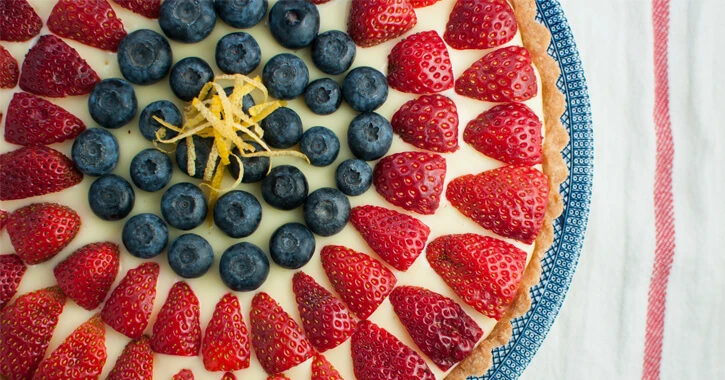The History of Baking: From Ancient Egyptians to Today

From bread and pie to pastries and cakes, baking has a long history that has satisfied the hunger of countless people from worldwide civilizations for thousands of years. The next time you bake a culinary masterpiece—or simply pop a frozen pizza in the oven—think of this history of baking.
Ancient Baking
The oldest known ovens were unearthed in Croatia in 2014. They are estimated to be 6,500 years old. The Egyptians were also pioneers in baking as the first recorded civilization to use yeast in their bread as long ago as 2600 BC.
Then, there was the Roman Empire’s Baker’s Guild established around 168 BC. This organization, called the Pistorum, recognized bread bakers as skilled artisans. In fact, baking was held in such high regard that a festival was held once a year to celebrate Fornax, the oven goddess.
Baking in the Middle Ages
During the Medieval period, ovens weren’t a standard fixture in any home. Those who could afford wood-burning stoves (and the fuel to heat them) baked bread. The ability to produce high-quality bread helped people climb higher up the social ladder.
In the Middle Ages, wheat bread was reserved for wealthy people. Dense, rich cakes in exotic colors were only available to the highest echelons of society. Poor people stuck with rye and black bread and, if they could afford it, meat pies.
15th – 17th Century Baking
The introduction of saffron and other expensive spices helped baking take off in Britain in the 15th century. Sweetened dough buns, mincemeat pies, and gingerbread all entered the scene at this point in the history of baking.
Economic growth and globalization in the 16th and 17th centuries led to more decadent treats with butter, cream, and raisins. Baking became more accessible to the average person at this time, so families started to bake cakes and biscuits together. Late in the 17th century, the price of sugar went down, and refined flour became available, bringing desserts to the forefront, including pastries, pies, and iced cakes.
18th – 19th Century Baking
The Industrial Revolution marked a turning point for the accessibility of cake-making in the average home—not only because of changes in taste and the availability of ingredients, but because of evolution in technology. The development of the semi-closed oven and the publishing of The Art of Cookery in 1747 provided budding chefs with the tools and ideas they needed to try an array of cake recipes.
As more women became employed in the 19th century, they had less time to devote to elaborate food preparation. As a result, convenience food grew in popularity, which cut down on the time women had to spend in the kitchen. Also introduced in this century, baking powder transformed the dense, yeast-based cakes of centuries past into the light, fluffy baked goods we know today.
Modern Baking
Today, baking plays an integral role in modern life. Whether you enjoy baking from scratch or you like the convenience of purchasing premade food you can throw in the oven, there’s no arguing that flour is one of the most important features of our diet. It takes on countless forms, from traditional sugar cookies to easy frozen pizza to homemade wheat rolls.
Whatever you choose to bake, you need a reliable oven to get the job done. As a reminder, Mr. Appliance® can repair your broken oven—whether gas or electric—and restore modern convenience to your home. Once your oven is up and running again, try making these tasty mason jar recipes courtesy of Glass Doctor!
 Click to call
Click to call


